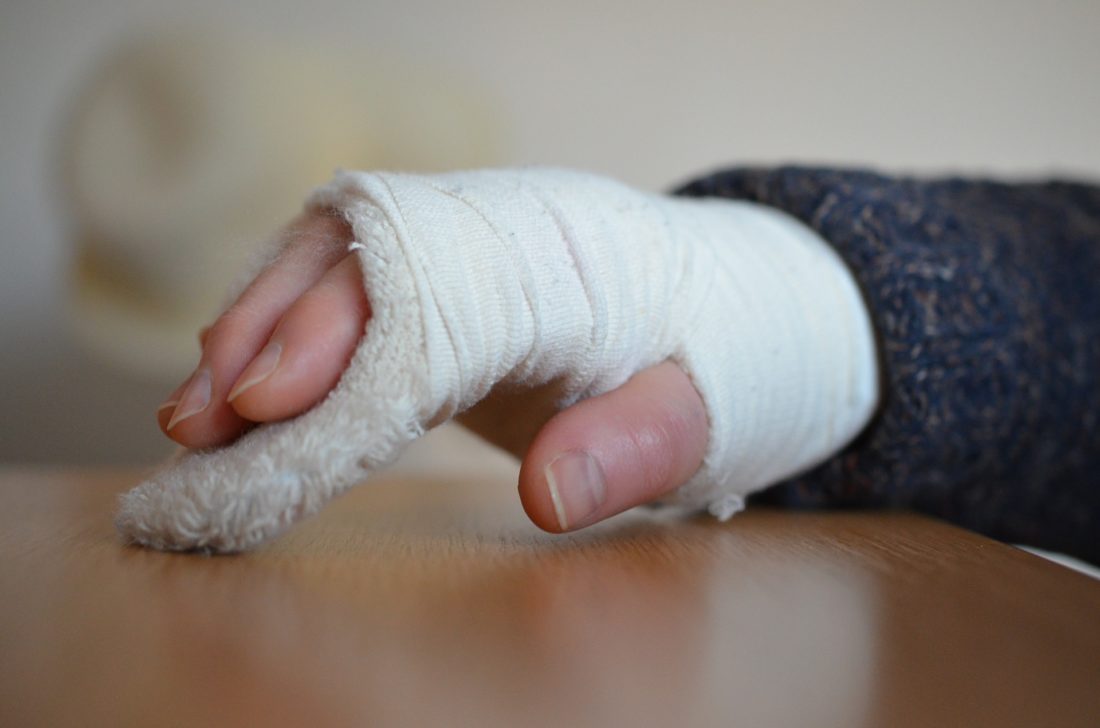Is Your Hand Fractured? Know How Physiotherapist Can Help You
 A common injury during childhood and on into adult life is a fracture or a broken bone in some part of the body. Sometimes a fracture will heal without any problems. The rate of the probability of a fracture increases as a person ages and the risk is greater for women than for men.
A common injury during childhood and on into adult life is a fracture or a broken bone in some part of the body. Sometimes a fracture will heal without any problems. The rate of the probability of a fracture increases as a person ages and the risk is greater for women than for men.
Most fractures are normally treated with a splint, a cast, or other intervention that will keep the fracture or break still for protection and comfort while it heals. Some breaks will require a procedure designed to put the bone back into its normal position so it can heal.
Table of Contents
What is physiotherapy?
Physiotherapy is used on fractures and breaks consists of diagnosing the ailment, treatment of the ailment, and the rehabilitation of musculoskeletal conditions, pain, and injuries. It works by correcting abnormal functions and movements. The physiotherapist generally takes a look at the injured area and other contributing areas around the condition.
Physiotherapy treatment includes a hands-on technique as well as an evidence-based technique. These techniques include exercise base rehabilitation, active release massage technique, joint mobilization, joint and fascia manipulation, soft tissue massage, trigger point therapy, muscle energy techniques, and more.
What to expect from a physiotherapist?
With physiotherapy, the therapist is there from the diagnosis to recovery through the management of your fracture. They will change the splint or cast, and monitor the progression of your healing. They will give you exercises that will help prevent other joints from becoming stiff, and provide you with advice on how to avoid swelling of the injured area. The physiotherapist will also inform you of the warning signs to look for regarding any increase in swelling, pain, throbbing, and the feeling of pins and needles.
Is the physiotherapy approach right for you?
Physiotherapists are dedicated and committed to continuing the development of their craft by taking advantage of ongoing research and learning to enhance their assessment skills as well ensuring that their diagnosis, treatment, and rehabilitation skills are aligned with current scientific research. The physiotherapists at places like Incline Health treat all patients as individuals.
They understand that all situations and circumstances are not the same and that each person is motivated differently, and they may have different goals. Their initial consultation is 60 minutes, and the follow-up sessions are 30 minutes which gives every patient ample quality time for a thorough assessment.
Physiotherapy is the better choice for treating fractures
If you or a child breaks or fractures a bone, you want the best treatment available to ensure that the bone heals effectively. Physiotherapy is the one treatment that provides everything needed to ensure that bones stay strong, heal properly and that minimal pain is endured. This form of treatment takes care of all possible situations that could occur with a broken bone from the initial doctor and therapist visit to the complete recovery.
Children can sometimes tolerate more pain than is given credit to them, but you want your child to be pain-free and comfortable while they heal. The exercises will keep all of the muscles and bones mobile so that stiffness and soreness will not be a factor during the recovery period.
For fractures and injuries like the lower lumbar spine, thoracic spine, neck or cervical pain, disc injury, hand, wrist, elbow, shoulder, or hip pain, sports and gym injuries, and a myriad of other conditions, physiotherapy treats them all. The physiotherapists also use their in-depth and vast knowledge of injury management to create individualized exercise plans that will address each person’s specific injury. This therapy is a better option.









